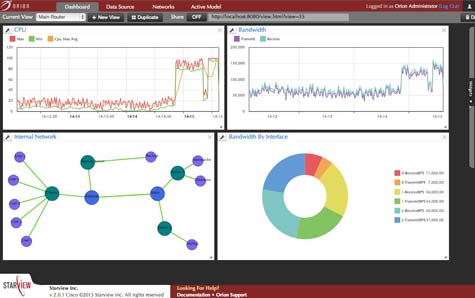IT organizations waste an inordinate amount of time and money sifting through reports trying to figure out who is responsible for what element of the IT ecosystem that might be adversely affecting the performance of a particular piece of application code.
Looking to reduce the amount of time IT organizations spend playing the “blame game,” Starview this week released a series of IT operational intelligence applications that leverages the company’s in-memory computing platform to process and analyze IT events in real time. Orion is based on Starview’s Active Model, an implementation of an in-memory computing architecture that Starview developed to track objects in real time through the in-memory system.
According to Dennis Burton, vice president of applications for Starview, Orion is a set of pre-configured IT management applications that monitor massive amounts of machine data to identify IT patterns in real time. Once identified, that information is then used to discover anomalies that make it easier to pinpoint the source of specific IT performance issues, says Burton.
Burton says the Starview Orion application then stores the analytics results, while giving the IT organization the option of either storing the data somewhere else or simply discarding it.
Most IT organizations are built around silos of functions that make correlating problems a major challenge. The idea behind Orion is to leverage the power of in-memory computing to analyze machine data from multiple classes of systems simultaneously, thereby providing a 360-degree view of the IT environment in real time.
As time goes on, the implications of that capability for IT organizations could be profound. Instead of being organized around functions such as server, storage and network management, it will be easier to organize the IT staff around specific applications using in-memory analytics tools that more readily identify the relationship between specific components of the IT infrastructure and a particular application. The end result is less time figuring who is responsible for a problem, which should lead most importantly to faster remediation.



